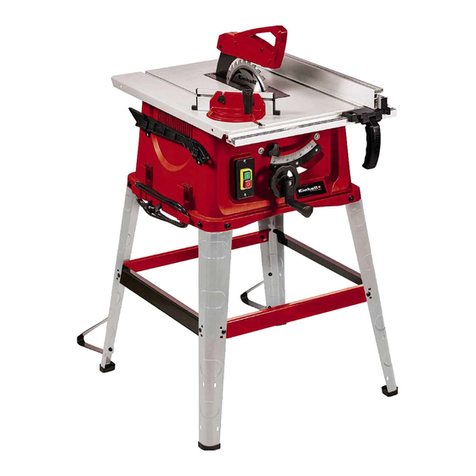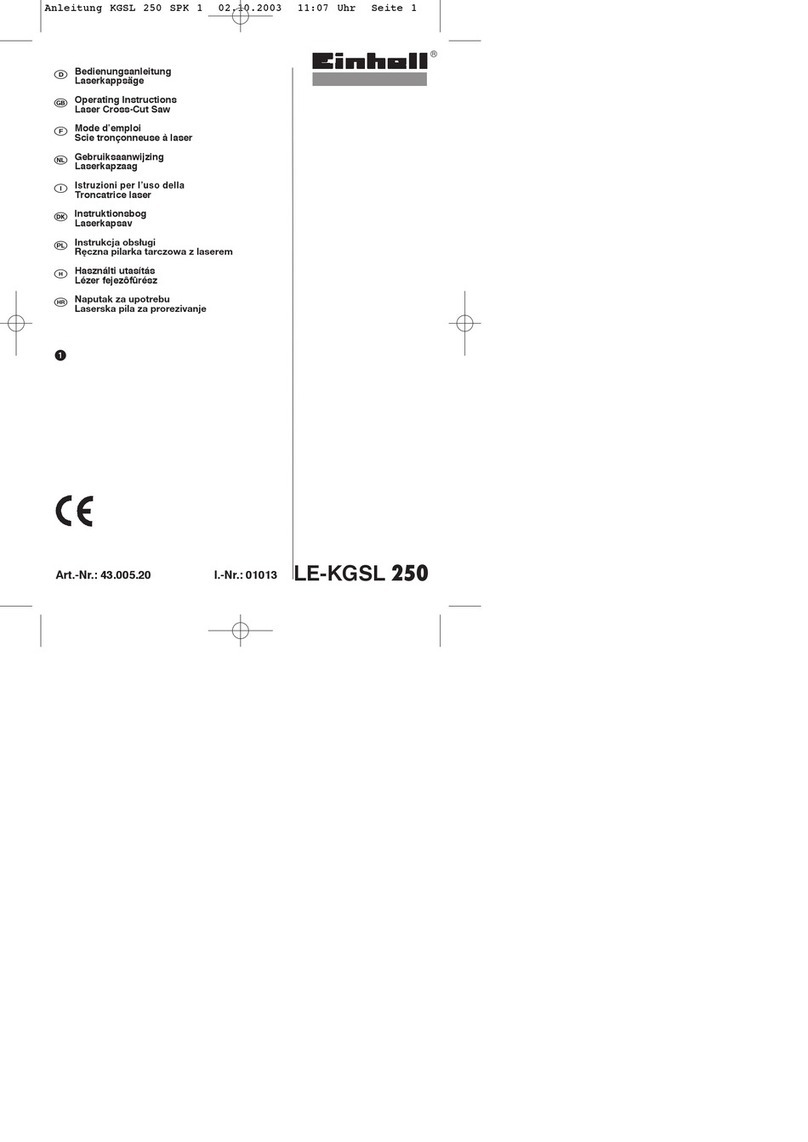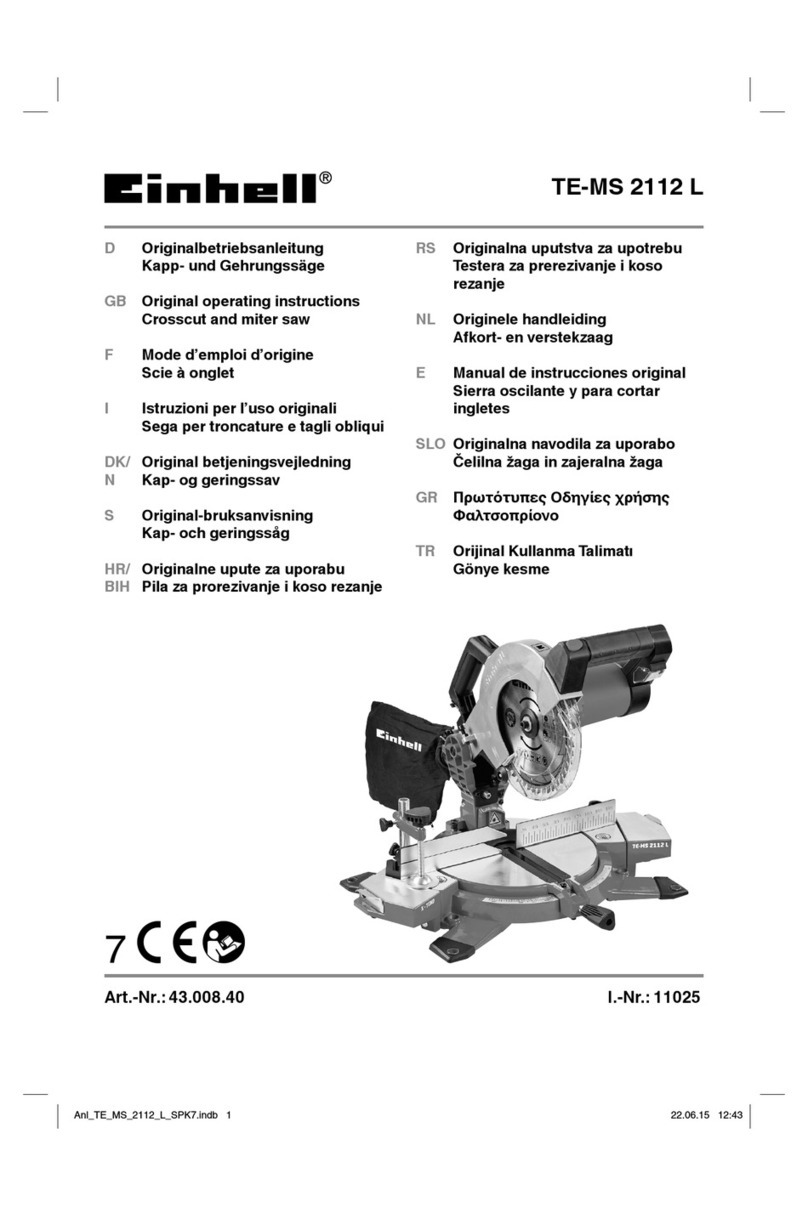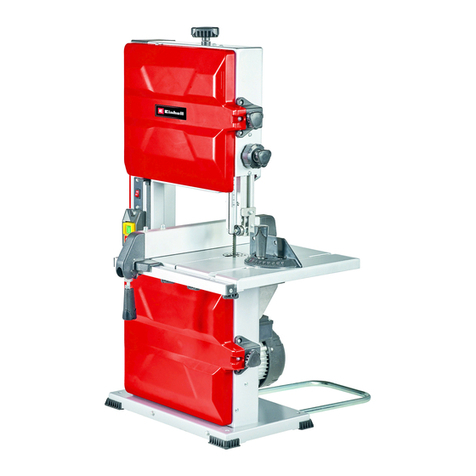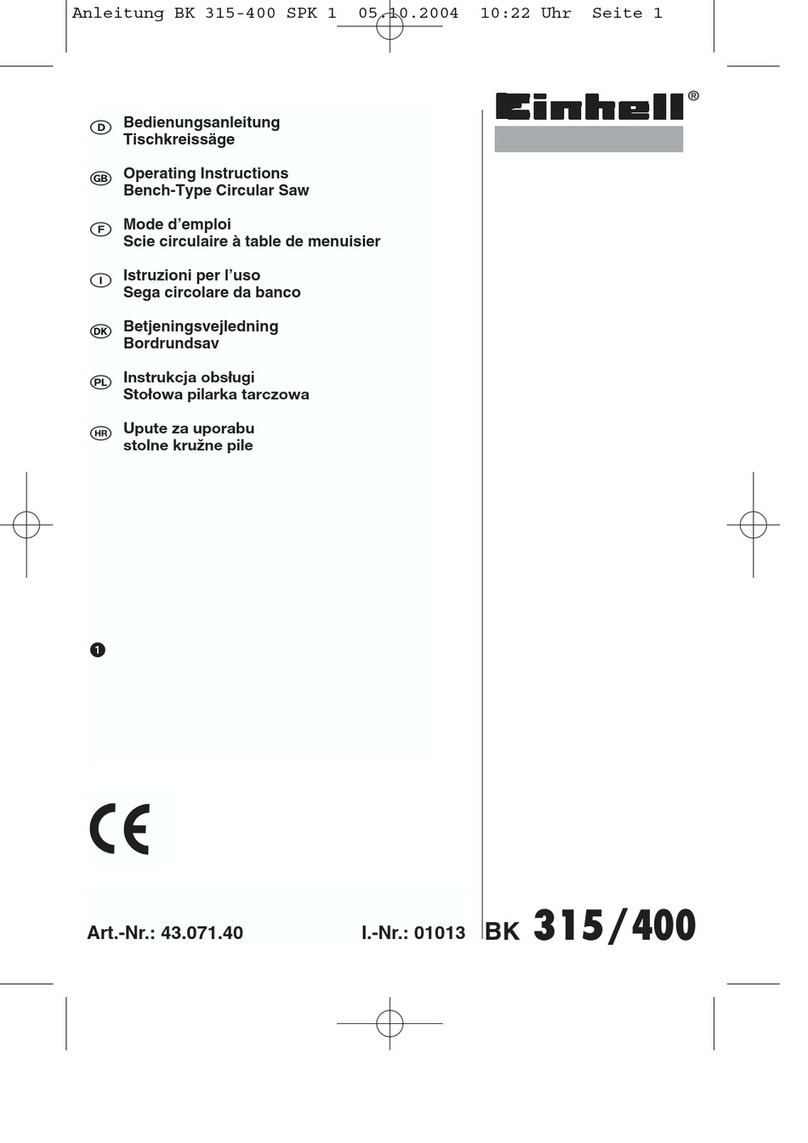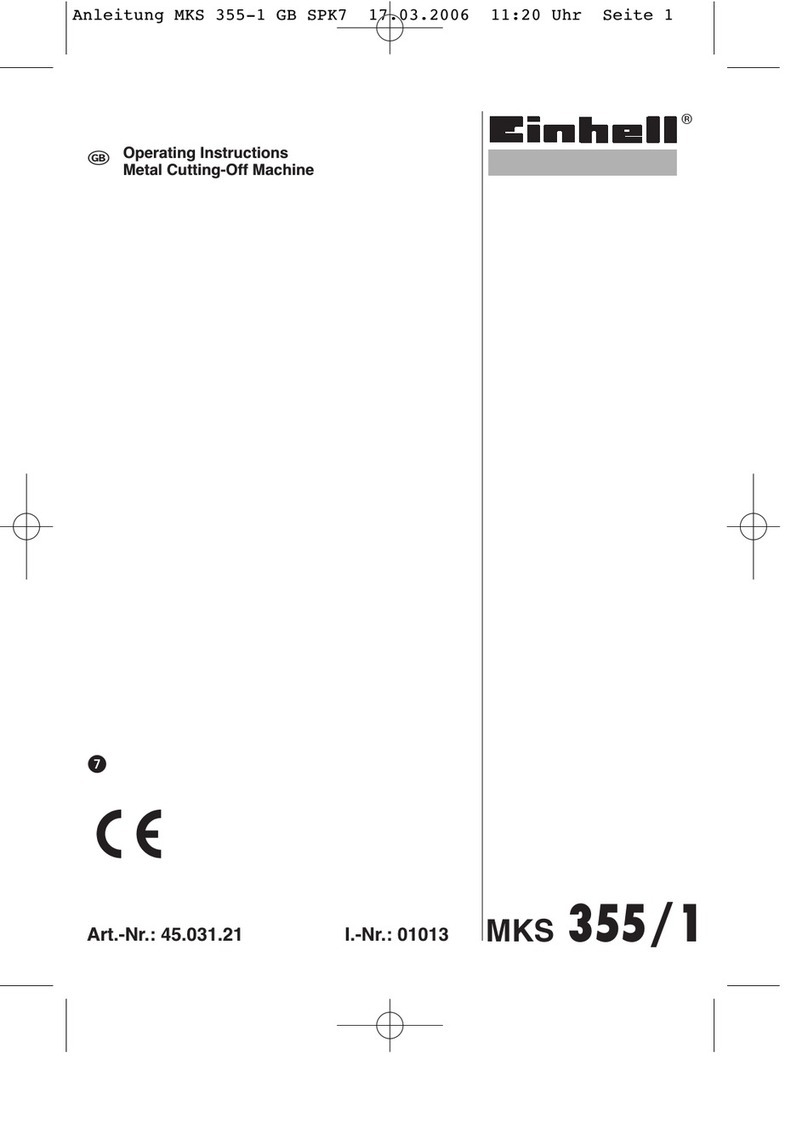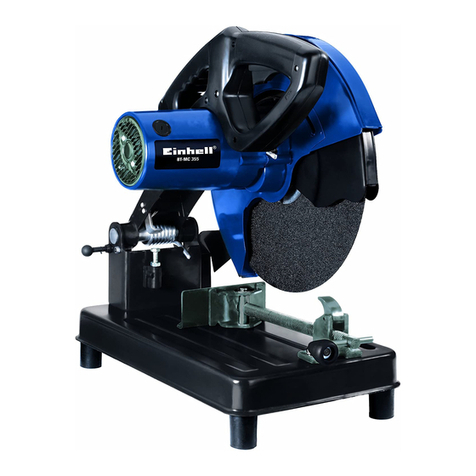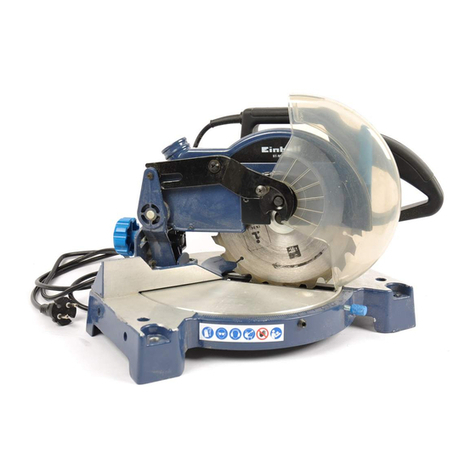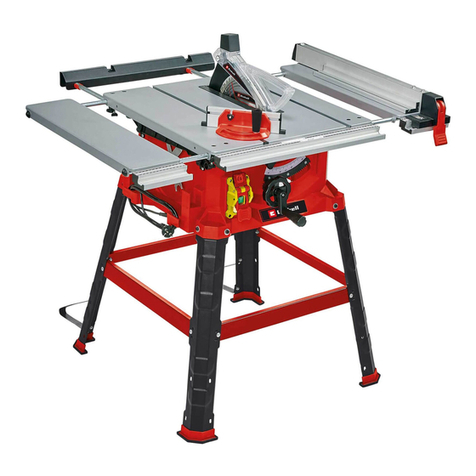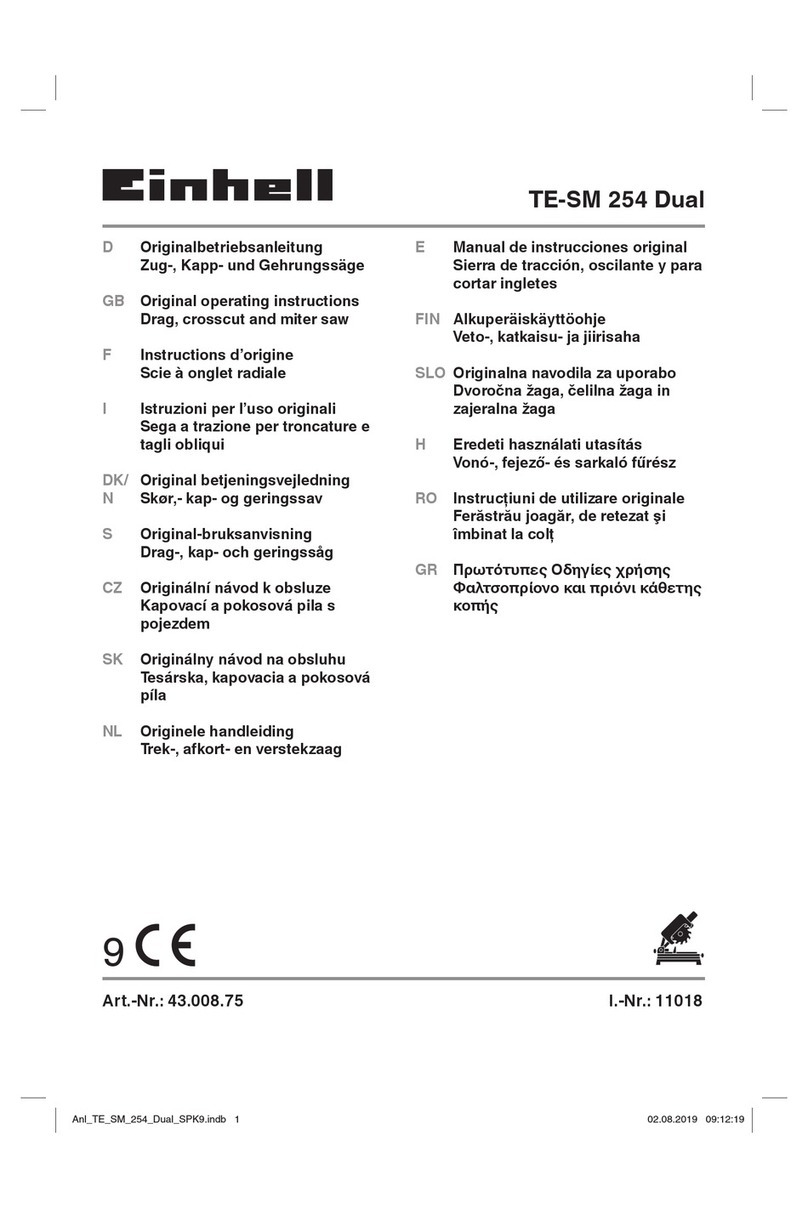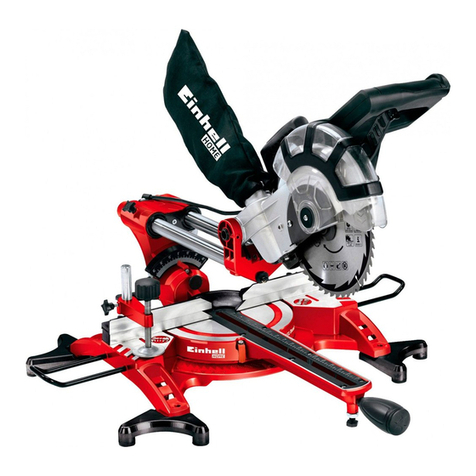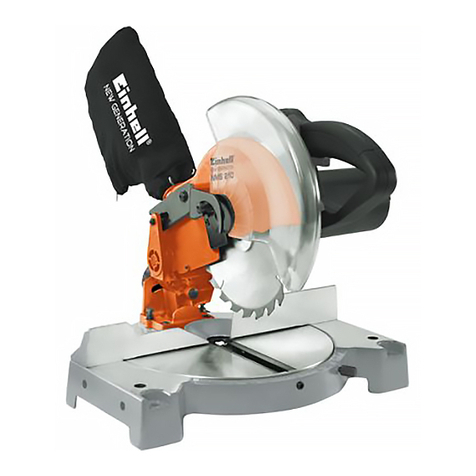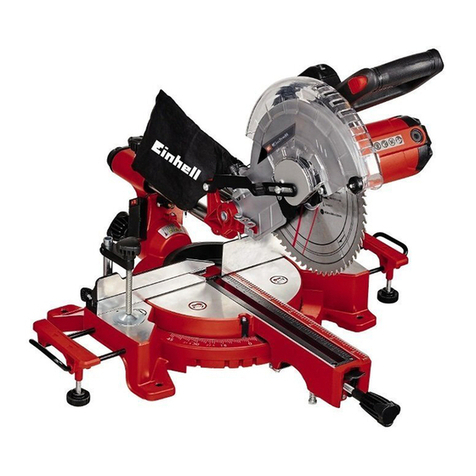D
10
Achtung!
Beim Benutzen von Geräten müssen einige
Sicherheitsvorkehrungen eingehalten werden, um
Verletzungen und Schäden zu verhindern. Lesen Sie
diese Bedienungsanleitung / Sicherheitshinweise
deshalb sorgfältig durch. Bewahren Sie diese gut
auf, damit Ihnen die Informationen jederzeit zur
Verfügung stehen. Falls Sie das Gerät an andere
Personen übergeben sollten, händigen Sie diese
Bedienungsanleitung / Sicherheitshinweise bitte mit
aus. Wir übernehmen keine Haftung für Unfälle oder
Schäden, die durch Nichtbeachten dieser Anleitung
und den Sicherheitshinweisen entstehen.
1. Sicherheitshinweise
Die entsprechenden Sicherheitshinweise finden Sie
im beiliegenden Heftchen!
WARNUNG
Lesen Sie alle Sicherheitshinweise und
Anweisungen. Versäumnisse bei der Einhaltung der
Sicherheitshinweise und Anweisungen können
elektrischen Schlag, Brand und/oder schwere
Verletzungen verursachen zur Folge haben.
Bewahren Sie alle Sicherheitshinweise und
Anweisungen für die Zukunft auf.
2. Gerätebeschreibung (Abb. 1-3)
1 Sägetisch
2 Sägeblattschutz
3 Schiebestock
4 Sägeblatt
5 Spaltkeil
6 Tischeinlage
7 Universalanschlag
8 Handkurbel
9 Werkzeughaken
10 Zusatztisch
11 Schalter-Stecker-Kombination
12 Klemmschraube
13 Absaugschlauch
14 Absauganschluss Ø 100 mm
15 Fahrgestell
16 Fahrgriffe
17 Spänekasten
18 Standfüsse
19 Standfuß mit Ausstanzung
20 Klemmschiene
21 Halterung für Absaugschlauch
22 Halterung für Räder
23 Führungsschiene füe Queranschlag
24 Streben
25 Gummifüße
26 Motor
27 Flügelschrauben
3. Lieferumfang (Abb. 1-4)
Tischkreissäge
Hartmetallbestücktes Sägeblatt
Universalanschlag
Schiebestock
Zusatztisch
Werkzeug
Fahrgestell
Montagematerial
4. Bestimmungsgemäße Verwendung
Die Tischkreissäge dient zum Längs- und Quer-
schneiden (nur mit Queranschlag) von Hölzern ent-
sprechend der Maschinengröße.
Rundhölzer aller Art dürfen nicht geschnitten
werden.
Die Maschine darf nur nach ihrer Bestimmung
verwendet werden.
Jede weitere darüber hinausgehende Verwendung
ist nicht bestimmungsgemäß. Für daraus hervor-
gehende Schäden oder Verletzungen aller Art haftet
der Benutzer/Bediener und nicht der Hersteller.
Es dürfen nur für die Maschine geeignete Säge-
blätter (HM- oder CV-Sägeblätter) verwendet
werden. Die Verwendung von HSS-Sägeblättern
und Trennscheiben aller Art ist untersagt.
Bestandteil der bestimmungsgemäßen Verwendung
ist auch die Beachtung der Sicherheitshinweise,
sowie der Montageanleitung und Betriebshinweise in
der Bedienungsanleitung.
Personen, die die Maschine bedienen und warten,
müssen mit dieser vertraut und über mögliche
Gefahren unterrichtet sein.
Darüber hinaus sind die geltenden Unfallverhütungs-
vorschriften genauestens einzuhalten.
Sonstige allgemeine Regeln in arbeitsmedizinischen
und sicherheitstechnischen Bereichen sind zu
beachten.
Veränderungen an der Maschine schließen eine
Haftung des Herstellers und daraus entstehende
Schäden gänzlich aus.
Trotz bestimmungsmäßiger Verwendung können
bestimmte Restrisikofaktoren nicht vollständig
ausgeräumt werden. Bedingt durch Konstruktion und
Aufbau der Maschine können folgende Risiken
auftreten:


